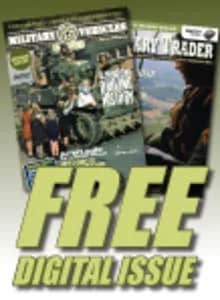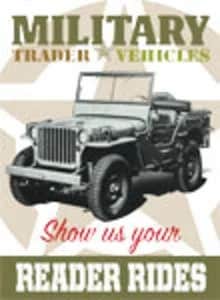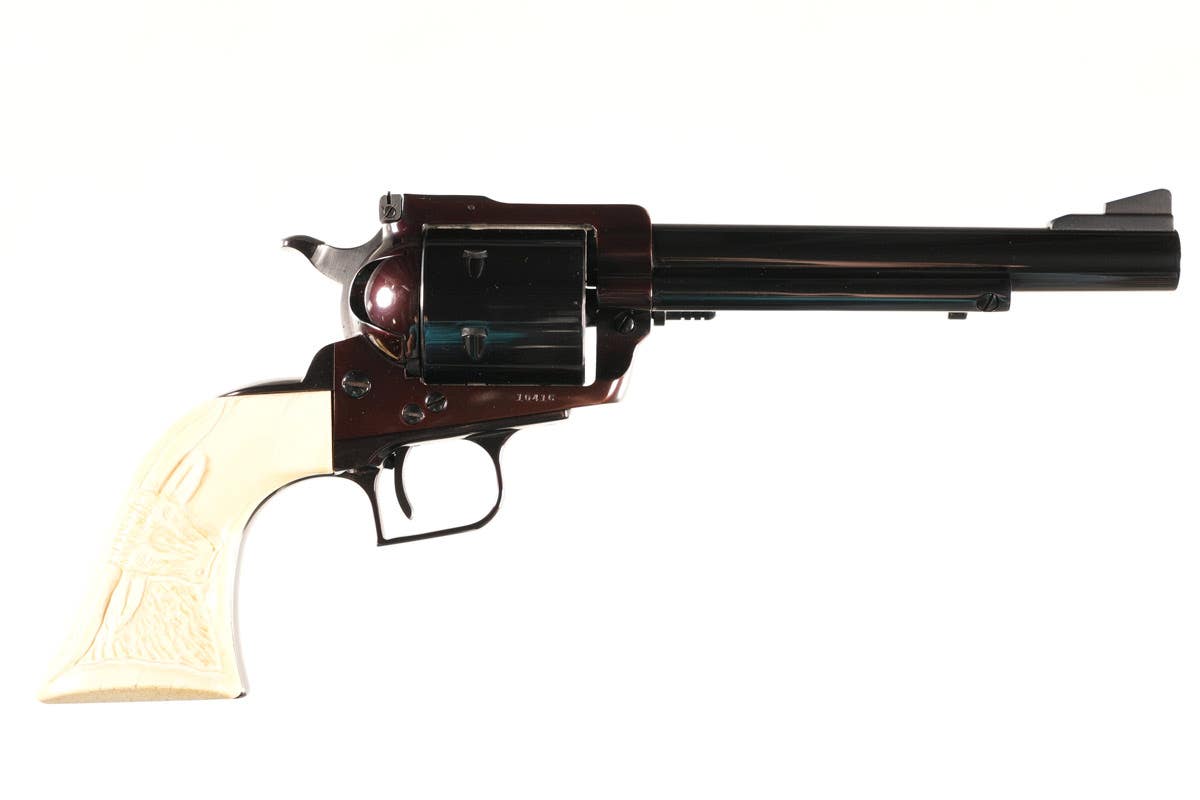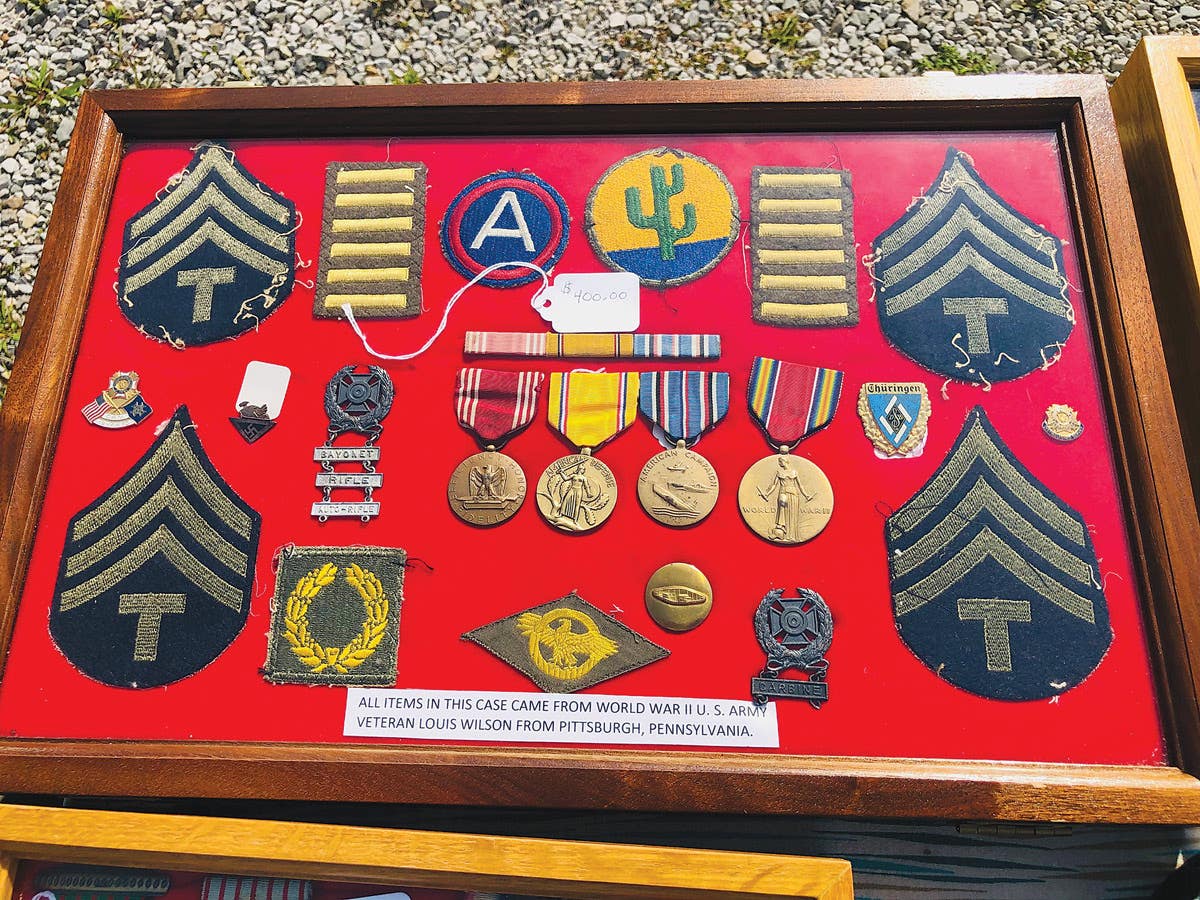Book reviews: New reads on WWII infantry tactics and Wolseley helmets
Works by Gordan Rottman, Stuart Bates and Peter Suciu
Posted June 17, 2010
World War II US Armored Infantry Tactics (Elite 176)by Gordon L. Rottman (ISBN 978-1-84603-692-7, Osprey Publishing, 443 Park Avenue South, New York, NY 10016, Web site: www.ospreypublishing.com, phone 866.620.6941, e-mail info@ospreydirect.com. Softcover, 7-1/4” x 9-3/4”, 64 pages, 44 black-and-white photos, 11 color illustrations, 14 tables, 2009, $18.95).
The United States Army entered WWII with only the beginnings of a tactical doctrine and organization for its recently established mechanized infantry regiments. It was the mission of these lightly armed units to conduct offensive missions in coordination with tanks. In the North Africa campaign of 1942–43, the Army learned hard lessons involving armored infantry, including the necessity of fostering inter-branch cooperation between infantrymen and their natural rivals, tankers. By the time of the Normandy Invasion, the United States was well on the way to developing an effective armored infantry—a force that would only gain in strength, experience, and efficiency as the war reached its climax.
This book is a compact assessment of the U.S. Army’s armored infantry in WWII, examining the topic from the perspectives of organization from divisional and combat-command levels down to the squad; armaments and equipment; tactical theory; and actual practice on the battlefield. The author, Gordon L. Rottman, who has written numerous titles for Osprey Publications, does a creditable job of explaining the mission and evolving organization of the armored infantry regiments and, beginning in 1943, the new armored infantry battalions. The armored infantry depended on half-tracks to keep a pace with the fast-moving tank units they were tasked with cooperating with, and Rottman devotes ample coverage to the various types of vehicles and the manner in which they were employed. Armored infantry tactics underwent continuous updating as the war proceeded, with especially intensive revisions in the final months of the war, and Rottman explains those changing tactics in detail. He provides several case studies of how the armored infantry put its teachings into practice. Both examples involve Combat Command A of the 12th Armored Division in early 1945, one case showing how committing armored infantry troops to battle without armored support could end in disaster, and the other case illustrating how an combined-arms infantry-tank team acting in concert could efficiently clear the enemy from a village.
The book contains numerous tables showing unit organization and composition from the divisional down to the platoon level. Color diagrams illustrate typical formation orders and deployment and assault scenarios. Almost 50 photographs are included, and here is where the book suffers some problems. This reviewer counted five instances where half-tracks that are clearly M2s are miscaptioned as M3s. Similarly, two photographs of half-tracks in the field are identified as M3A2s, and there is one textual reference to M3A2s being fielded in combat, yet the M3A2 never made it past the pilot stage. For those who would like to improve their understanding of U.S. mechanized infantry organization and fighting methods in WWII, World War II US Armored Infantry Tactics is a good, concise primer, but the reader should treat the photo captions with diligence.–Thomas R. Kailbourn
The Wolseley Helmet in Pictures: From Omdurman to El Alameinby Stuart Bates with Peter Suciu (ISBN: 978-0-9806567-0-1, PSB Publishing, Melbourne, Australia and New York, USA. Web site; www.militarysunhelmets.com. Hardcover, 8-1/4” x 11-3/4”, 127 pages, more than 230 color and black-and-white illustrations, 2009, 44.95).
Nothing represents the British colonial soldier quite as well as the sun helmet. The British Wolseley helmet was introduced when the The British Empire was at its zenith. While the Wolseley has a moniker that evokes the memory of an eminent Victorian general, it is, in fact, a helmet more accurately associated with the First and Second World Wars.
Whether Field Marshal Wolseley actually contributed to the design is a matter of debate. However, the 1900 Dress Regulations does use his name to describe the helmet prescribed for the West African Regiment and the Chinese Helmet. The 1904 edition extended the issue of the “Wolseley” pattern helmet to all regiments serving abroad. More than 100 years later, the Wolseley still remains in service with the Royal Marines as well as numerous regiments on tropical station through.
Authors Stuart Bates and frequent Military Trader contributor Peter Suciu have combined their extensive collections to form the basis of this comprehensive study. In addition, they have sought out rare examples in both private and public institutions to produce this first-ever, comprehensive study of the Wolseley helmet. Building on their previous book, Military Sun Helmets of the World, the pair have decided to focus on this one particular pattern in their current book—the Wolseley—the helmet Suciu describes as having been “worn by the guardians of the Empire.”
The book is divided into seven chapters that introduce the reader to the helmet with very valuable construction details and differences covered in the first. The second chapter is the largest and presents a photo gallery of various specific helmets with construction details and historic provenance noted. The final four chapters look at experimental, prototypical, Commonwealth and other nations’ examples of Wolseley pattern helmets. Again, the author’s decision to utilize large, clear photographs of construction details are exactly in line with what a collector seeks in a reference. The authors know their audience and delivered a book that is more than just a celebration of gathering—It is an in-depth report of years of collecting, researching and analyzing.
The true test of any collector reference is sitting down with the book and a couple of unidentified examples of the items. This is exactly what this reviewer did. Two previously unidentified “pith helmets” were pulled from the closet and compared to photos and descriptions in this book. Within about 10 minutes, this reviewer was able to conclude that he had two different variations of Wolseleys with “drop linings” that were made ca. 1920-1936. Bate and Stuart's book, The Wolseley Helmet, passed with flying colors!—John Adams-Graf
YOU MAY ALSO BE INTERESTED IN:
*Warman's World War II Collectibles
* Military Trader Magazine
MORE RESOURCES FOR COLLECTORS
*Great Books, CDs & More?
*Sign up for your FREE email newsletter
*Share your opinions in the Military Forum
Established in 1993, Military Trader is dedicated to the collecting preservation, restoration, study, and display of historic military artifacts. Spanning interests from military uniforms to medals, or helmets to ordnance and weapons, Military Trader is your best source for in-depth techincal articles, artifact profiles, product and hobby news, current values, and show and auctions calendar.







